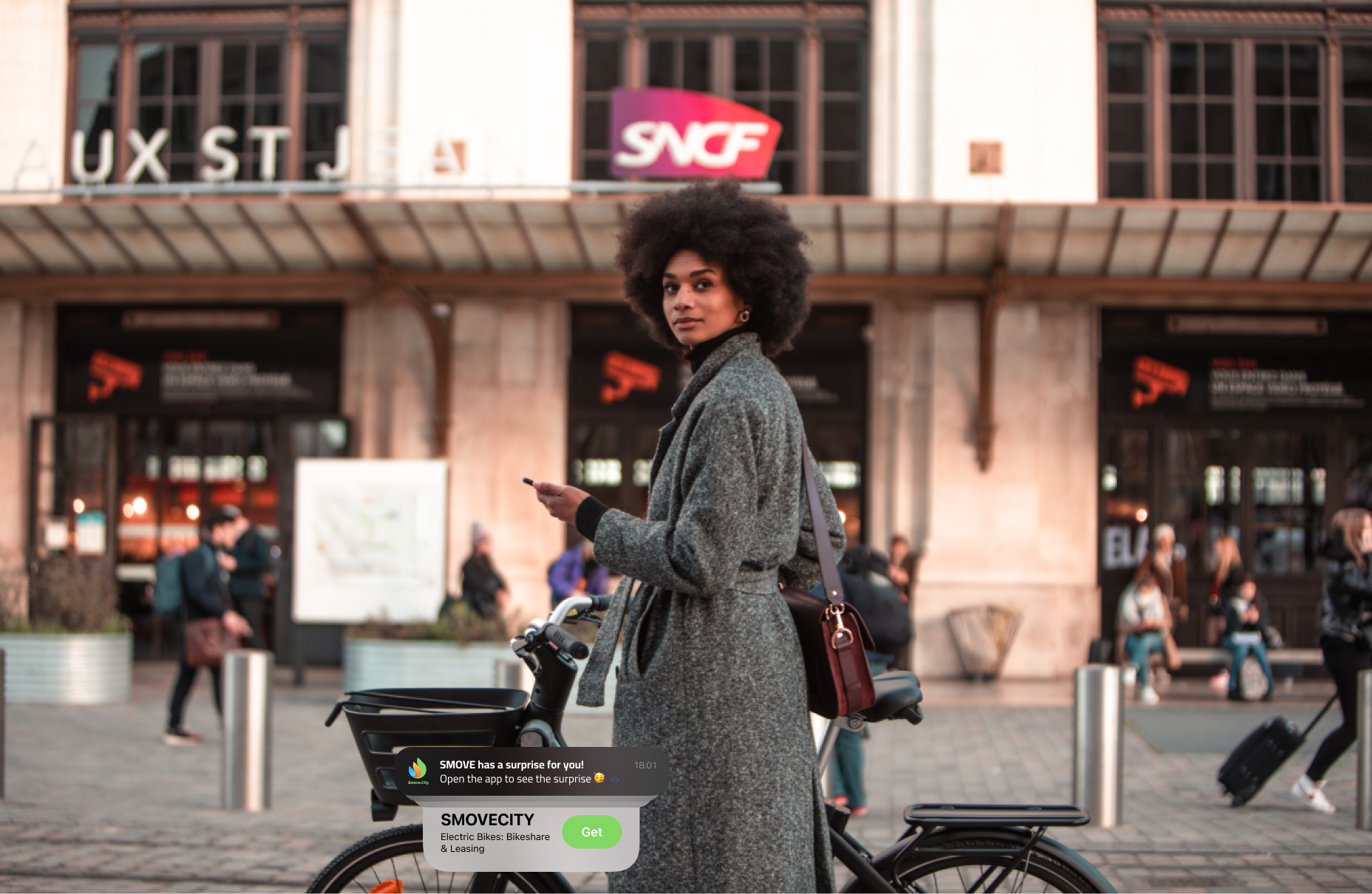
The Challenges and Solutions of Shared Mobility
In recent years, shared mobility services like bike sharing and car sharing have exploded in popularity. These services promise to reduce traffic congestion, improve air quality, and increase access to transportation options for people who don’t own their own vehicles.
However, there are also a number of challenges associated with shared mobility that must be addressed if we are to realize the full potential of these services.
One of the biggest challenges of shared mobility is the issue of equity.
While these services have the potential to provide affordable transportation options for people of all income levels, there are often significant barriers to access.
For example, people who live in low-income neighborhoods may not have access to the necessary infrastructure, like bike lanes or charging stations, to use shared mobility services effectively. There are also issues related to digital divide and access to smartphones or other digital tools required to access these services.

Another challenge of shared mobility is the issue of safety. With the increase in bike and scooter sharing, there has been a rise in accidents and injuries related to the use of these vehicles. This has led to concerns about the safety of riders, as well as other road users like pedestrians and drivers. In addition, there are also issues around the proper storage and maintenance of shared vehicles, as well as the responsibility of riders to use these vehicles responsibly.
A third challenge of shared mobility is the issue of congestion. While these services promise to reduce traffic congestion by providing alternatives to car ownership, they can also add to the overall volume of traffic on the roads. This is particularly true in cities where there are limited bike lanes or other dedicated infrastructure for shared mobility services. Without proper planning and regulation, the rise in shared mobility services can lead to increased congestion and air pollution.
However, there are also a number of potential solutions to these challenges. One solution is to prioritize equity in the development and implementation of shared mobility services. This can involve working with community organizations and local governments to ensure that these services are accessible to people of all income levels and that they are deployed in areas that are most in need of transportation options.
Another solution is to invest in the necessary infrastructure to support shared mobility services. This can involve building more bike lanes, charging stations for electric vehicles, and dedicated parking spaces for shared cars and scooters. It can also involve working with local governments to regulate the deployment and use of these vehicles to ensure that they are used safely and responsibly.

Finally, another solution is to leverage technology to improve the overall efficiency and effectiveness of shared mobility services. Platforms like smove.city can help to streamline the process of finding and reserving shared vehicles, reducing the friction involved in accessing these services. They can also provide valuable data to help cities and companies better understand how these services are being used, and to optimize their deployment and management.
In conclusion, shared mobility services have the potential to revolutionize the way we move around our cities, but they also come with a number of challenges that must be addressed. By prioritizing equity, investing in infrastructure, and leveraging technology, we can help to unlock the full potential of shared mobility and create more sustainable and connected urban communities.



